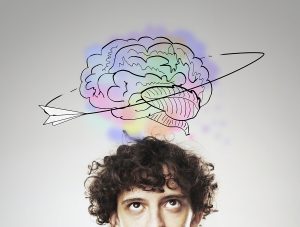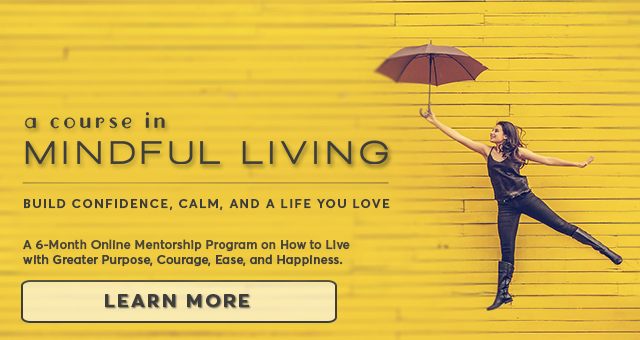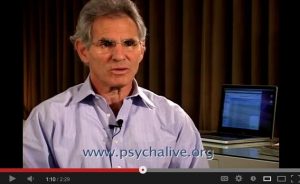Science Points to How Mindfulness Helps Us Break Bad Habits
 There has been a growing amount of evidence that mindfulness can help us kick our bad habits.
There has been a growing amount of evidence that mindfulness can help us kick our bad habits.
In a recent study, 63 participants who were addicted to stimulants received behavioral treatment for 12 weeks. Four weeks into the program they were randomly assigned to two groups – one group received mindfulness training targeted at cravings and urges and the other received health education. At the end of 12 weeks, researchers measured changes in participant’s use of stimulants, and their reported symptoms of anxiety and depression.
87% of the participants with major depression were no longer using stimulants at the end of the 12 weeks, versus only 67% of the health education group. One month later, 100% of the depressed patients were off of stimulants compared to 50% in the health education group.
How could this be?
Change happens through experience and community support, not as much through cognitive education.
Mindfulness helps slow us down and creates space from the cravings (desires) and urges (feelings) that can control our attention and decision making. The reality is the greatest “bad habit” we have is our thinking.
The snap judgment of whether something is good or bad, right or wrong, fair or unfair all happens faster than the blink of an eye and then leads to the behavioral bad habit. Mindfulness trains awareness of this and over time the actual craving or urge becomes a “wake-up call” in the moment to choose a different response.
A healthier response.
After we practice and repeat noticing the urges and cravings that span from cutting people off while they’re talking, to stress eating, to more intense and destructive addictive behaviors, our awareness starts to be more automatic. Our awareness of our choices also grows and so we actually expand our “cognitive flexibility” which is correlated with well-being.
On top of that, when we feel better, we also tend to be more resilient and so the spiral goes up!
A Breaking Bad Habit Exercise – 5 Steps
Everyone has addictive behaviors and what I often recommend is to think about what that is for you, then take yourself through these five steps:
- Visualize yourself almost in the midst of whatever that habit is. If it’s food, visualize coming close to the food. If it’s rageful reactions, picture yourself being cut off by a car on the highway. You get the picture.
- Notice what thoughts and feelings arise in the body. Literally, see if you can identify where you feel that “urge” physically.
- In your visualization, don’t engage the urge, instead, relax your body and notice the body breathing, “in” and “out.”
- Staying with the breath, keep being aware of the visualization and the urge in your body and notice how the feeling peaks and eventually falls away.
- Thank yourself for doing this practice, it’s a great act of self-care.
In doing this you’re training your brain that you don’t have to engage the craving and urge and that they are impermanent.
Start off with this visualization and then bring it into the rest of your life.
Enjoy being more intentional, more in control and more free.
Warmly,
Elisha
P.S. I go deep into the topic of obstacles, common “mind traps,” and how to free yourself from bad habits in the second month of my 6-month online program: A Course in Mindful Living.
 Tags: habits, mindful living, mindfulness, mindfulness practices
Tags: habits, mindful living, mindfulness, mindfulness practices










Leave a Reply